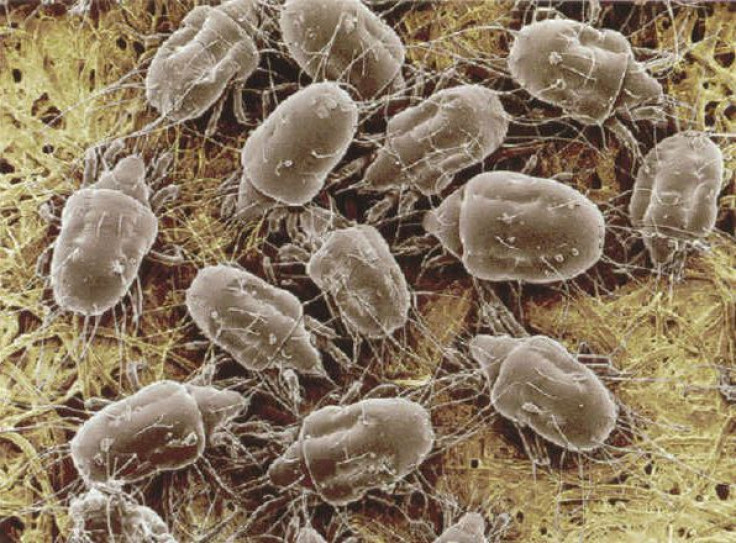Scientists reveal people carry their own microscopic creatures; thousands live in household

An average of 9,000 different species of microbes can be found dwelling inside a certain house. And a new study suggests that the species vary depending on who lives in the house or what is living in the house, which indicates people themselves carry their own specific microbes to their homes.
The study, published in the Proceedings of the Royal Society B, reveals that the types of bacteria and fungi also vary according on where the home was located, who lived there and whether pets were present. An average household contains more than 2,000 different types of fungi and an average of 7,000 types of bacteria.
The dust samples from 1,200 homes across the United States were collected by researchers at the University of Colorado at Boulder to take part on a citizen science project called The Wild Life of Our Homes. The samples were examined, and the result shows the house dust contains bacteria such as Staphylococcus and Streptococcus, which were commonly carried through human skin, and other types such as Bacteroides and Faecalibacterium that were found to be linked to faeces.
"We have known for a long time that microbes live in our homes. What we are doing is now is old-fashioned science, to see how they vary across space," said Dr Noah Fierer, an associate professor of ecology and evolutionary biology and leader of the study.
For the analysis, Fierer and his team scooped up the detritus from the ledges above doorways, which are the parts of the house that are commonly overlooked while cleaning. Researchers conducted a genetic analysis on the dust and found a zoo-like dwelling of microscopic creatures.
Researchers discovered that there is a distinct bacteria in homes that had women and homes with mostly males or males only. Women have more diverse hands than men, which carry the majority of 150 bacteria species, according to a previous research by Fierer.
The study also found that the exact makeup of the fungal ecosystem depends on the home's location. The fungal collection includes well-known moulds such as Aspergillus, Penicillium, Alternaria and Fusarium.
"Most of the fungi we are seeing in the home appears to be coming from outside the home. They enter the home on our clothing, or through open windows or through doors," Fierer said.
Pets inside the house can also add to the microbe mix. Pets such as dogs and cats carry a strong influence on the bacteria found inside the house, Fierer stated.
The researchers suggest that even the study was conducted in US residents, the findings would be relevant for other parts of the world. They now aim to find out how the organisms dwelling inside the house could affect the human health. But Fierer noted that most microbes are probably harmless, or can even be beneficial.
Contact the writer at feedback@ibtimes.com.au or tell us what you think below






